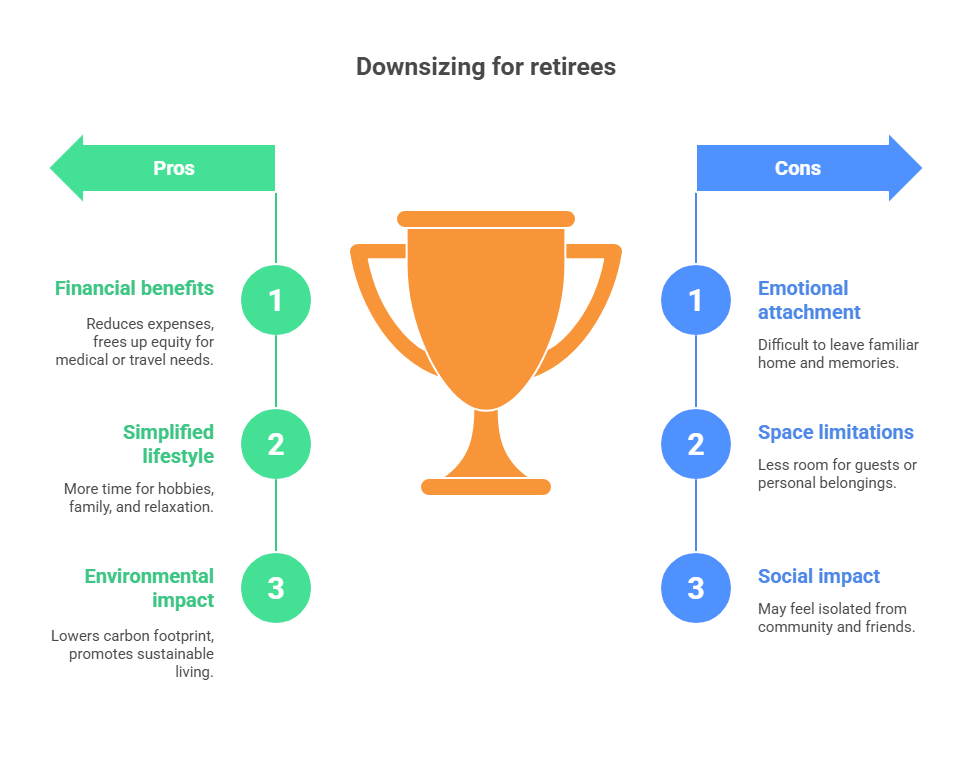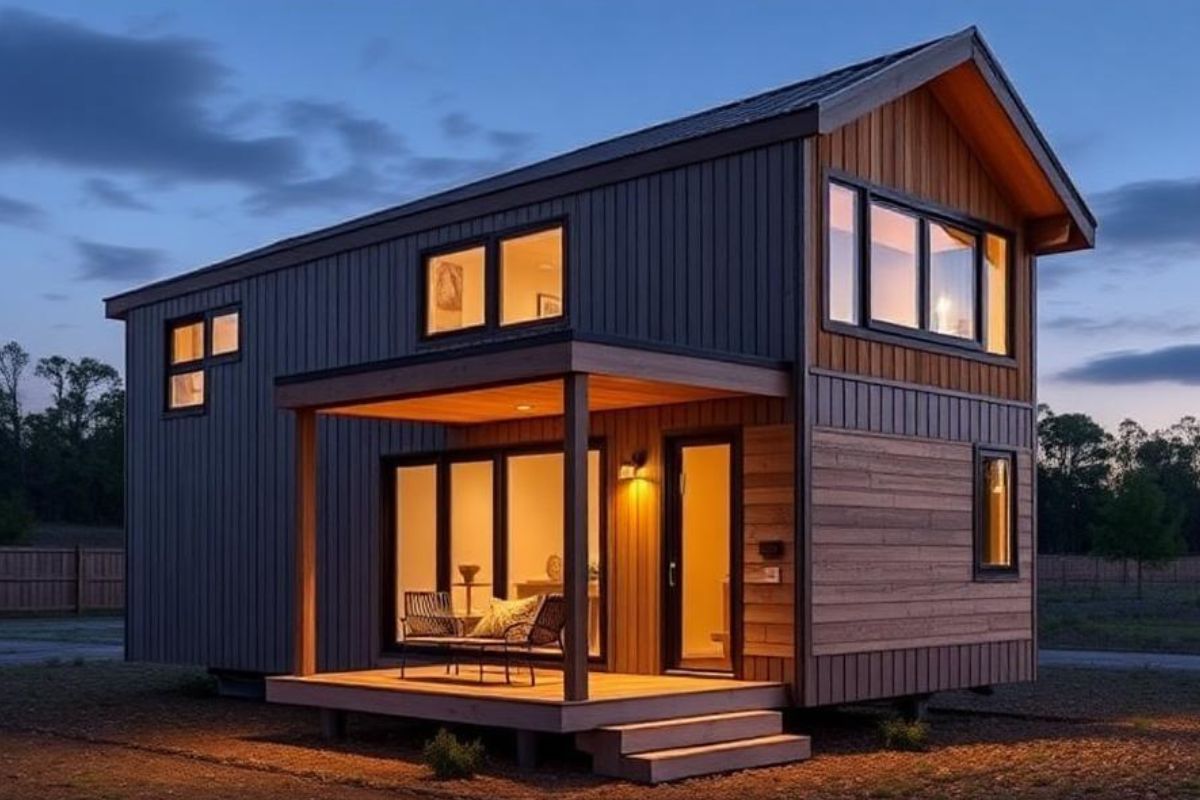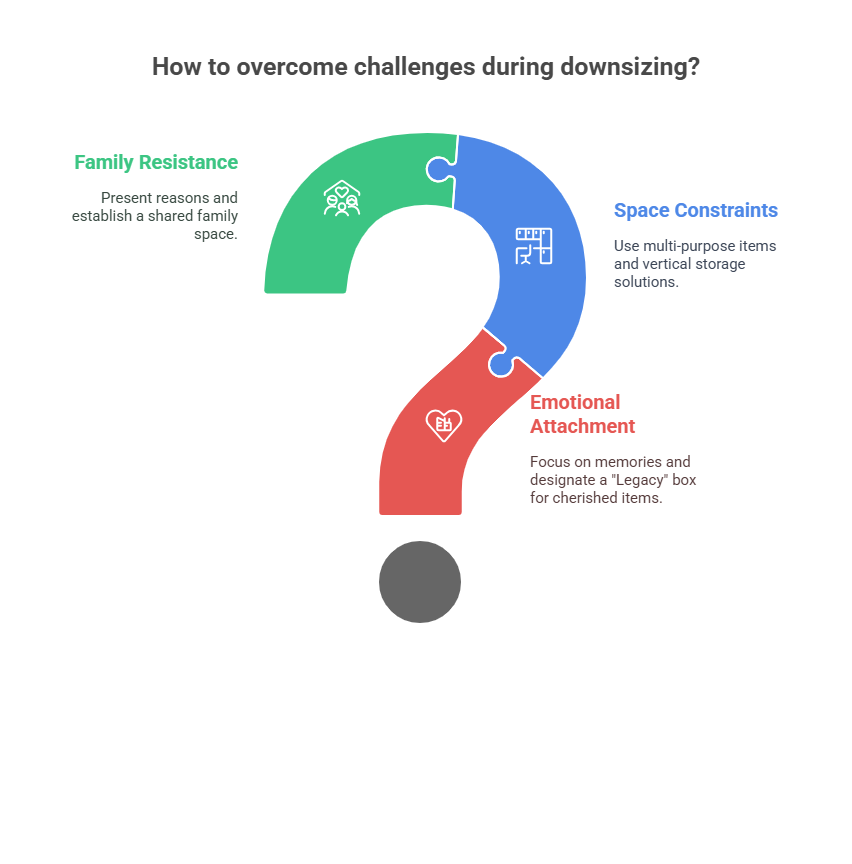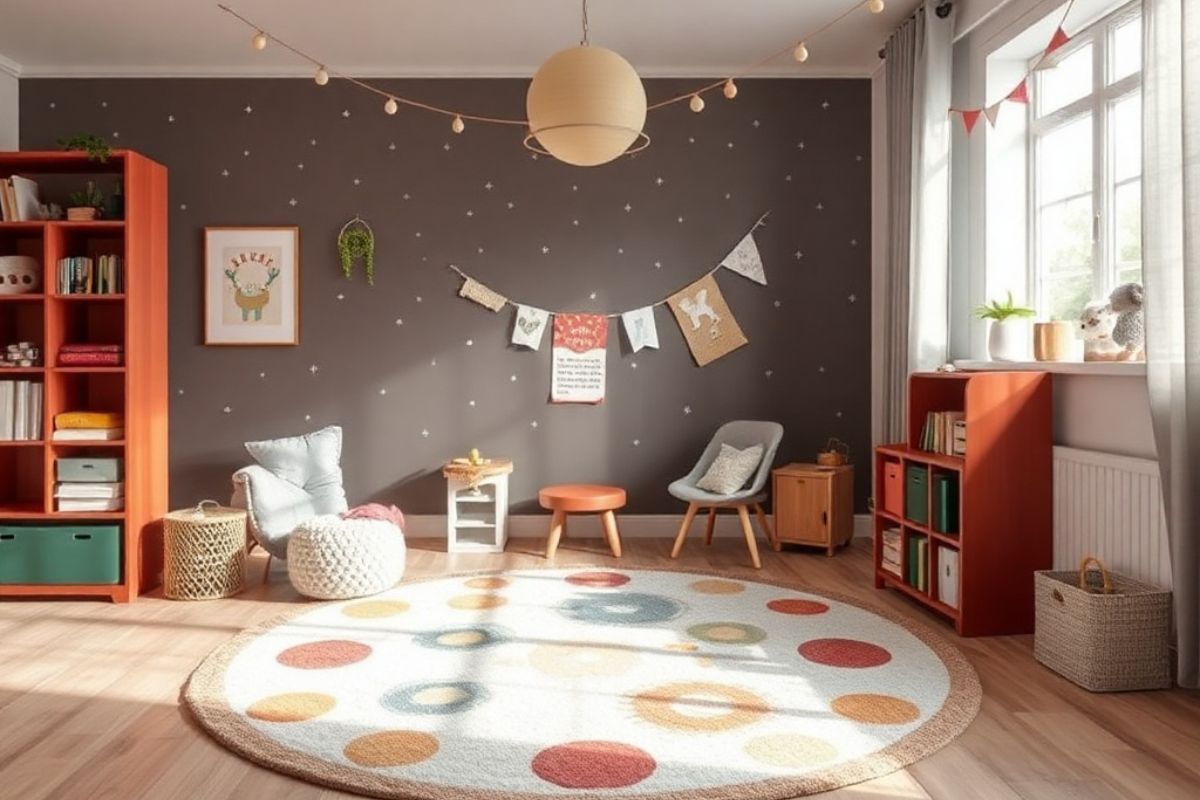Facts About Downsizing From a Big House To A Tiny House For Your Retirement

The following facts explain why people choose to transition from big houses to tiny houses for their retirement period.
The major life change of retirement brings North Americans the opportunity to review their current living arrangements. Tiny house living has gained popularity among retirees who want to experience life with simplicity, financial security, and personal freedom. The following guide provides vital information about retiring into smaller living spaces, along with their advantages and difficulties, and the necessary steps for making this transition.
Why Retirees Are Choosing to Downsize
Large house ownership used to be viewed as a permanent accomplishment in previous times. Modern times have brought more retirees to adopt minimalism as their preferred lifestyle choice. Here’s why:
1. Financial Benefits
Downsizing becomes economically attractive because it allows people to save money. Living in a large house during retirement often results in financial strain because of property tax expenses, heating/cooling bills, maintenance costs, and insurance premiums. A tiny house dramatically reduces these expenses.
- Lower utility bills: With less space to heat or cool, monthly costs drop significantly.
- Reduced property tax: Smaller homes often mean lower taxes.
- Less maintenance: A tiny home requires fewer repairs and upkeep, saving both time and money.
The sale of a big house creates an opportunity for retirees to access stored home equity, which they can use for medical expenses, exploration, or investments.
2. Simplified Lifestyle
Retirees experience freedom after choosing to reduce their home size. When you own fewer belongings and occupy less space, your time becomes available to pursue hobbies, spend time with family, and rest rather than doing housework.
- No more empty rooms collecting dust.
- Easier mobility for aging homeowners.
- More time to focus on experiences rather than things.
3. Environmental Impact
Sustainable construction principles guide the development of tiny homes. The combination of solar panels, composting toilets, and energy-efficient appliances allows retirees to practice environmental responsibility. The lifestyle change allows retirees to feel better about their carbon emission reduction efforts.

How to Know If Tiny House Living Is Right for You
The advantages of tiny home living are significant, but the lifestyle is not appropriate for every individual. This evaluation process helps determine your readiness.
1. Assess Your Lifestyle Needs
Ask yourself:
- The necessity of multiple rooms or a single multi-purpose space for me remains unclear.
- I accept the process of reducing my material possessions to the essentials.
- Will this living arrangement support my health and accessibility needs?
People who answer in favor of basic designs with efficient space will find a tiny home suitable.
2. Consider Future Mobility
We should consider our upcoming health challenges and mobility changes since these factors will transform our requirements in the future. The necessary modifications for accessibility in tiny homes include ramps, wider doors, and lower storage areas, yet require planning.
A professional real estate agent should assist you in selecting homes along with locations that fulfill present and future accessibility requirements.
3. Explore Legalities
Different regions of North America enforce different zoning regulations and building standards. Some local governments embrace tiny houses, while other jurisdictions maintain strict limitations against them. Consult with local authorities or seek professional advice to confirm that your dream home meets all necessary compliance standards.

Finding the Right Tiny Home and Location
After deciding to downsize, you need to locate both a suitable tiny house and a community which will support your retirement lifestyle.
1. Choose the Right Tiny Home
Tiny homes exist in different forms, which include personalized cabin constructions and converted shipping containers. Key considerations:
- Size: Most tiny homes are 100–400 square feet.
- The best layout for comfort requires loft beds together with convertible furniture and open floor plans.
- Mobility: Do you want a stationary house or a mobile tiny home on wheels?
Several builders offer retirement-friendly homes, which include grab bars, low-step showers, and slip-resistant flooring features.
2. Pick the Perfect Location
The home's location is equally important to the house itself. Your decision to relocate should be based on factors such as proximity to family members and peace of mind in your chosen location.
- Climate preferences
- Access to healthcare and amenities
- Local regulations for tiny homes
- Proximity to community and social activities
The market for tiny house villages and 55+ communities, which cater to retirees, continues to grow.
The Process of Downsizing: A Practical Step-by-Step Guide
The process of moving from a conventional house to a tiny house requires more than a short period. This organized framework helps people make their transition into tiny homes less challenging.
Step 1: Start Decluttering Early
You should begin planning this process 6–12 months before moving. Start by getting rid of items you rarely use, such as holiday decorations, kitchen tools, and books, before moving on to other categories. Use the "four box method": Keep, Donate, Sell, Trash.
Examine each item by asking yourself if you would purchase it again in the present day. You should consider getting rid of this item if you would not make this purchase today.
Step 2: Digitize What You Can
You should convert your photographs, documents, and cookbooks into digital formats to create space while maintaining your memories.
Step 3: Use Storage Solutions Strategically
The goal of minimalism will be difficult to achieve since some personal items and seasonal equipment do not fit inside your new home. You should consider renting a small storage unit and ask your family to store particular items.
Step 4: Trial the Lifestyle
The next step should be to rent a tiny house for several weeks before deciding to make a complete transition. A trial period allows you to examine both your new home's layout and the community environment, as well as your daily activities.
Step 5: Sell Your Home
A realtor who specializes in retiree home sales and relocation services should be your partner for this process. The professional agent will help you place your home correctly in the market while guiding you through the process of downsizing.
Potential Challenges and How to Overcome Them
The process of downsizing provides various advantages, yet it creates specific difficulties. The following section outlines both expected challenges and guides how to handle them.

1. Emotional Attachment to Belongings
The process of giving away all accumulated possessions during your lifetime creates strong emotional reactions. Take your time and don’t rush. You should concentrate on the memories you have instead of the material objects. Designate a special box named "Legacy" to hold your most cherished possessions.
2. Space Constraints
Smart organizational methods become essential for people who live in small spaces. To achieve smart living in a small space, you should buy items that serve multiple purposes, together with vertical storage solutions, and practice minimalist behavior.
3. Resistance From Family
Some relatives express doubts about your comfort level together with your ability to host social events. Present your reasons to your family while establishing a shared family space (at a relative's house) for special occasions such as holidays.
Final Thoughts: Is It Time to Simplify?
Moving from a big house to a tiny home during retirement offers more than just reduced space; it leads to a transformative lifestyle that brings freedom together with purpose and intentional living. North American retirees find this lifestyle transition empowering for their new life chapter, although it does not appeal to all individuals.
Before making this transition, it is crucial to plan, evaluate your requirements, and seek professional help whenever needed. People can now choose from rustic woodland cabins or modern senior-friendly villages to experience the freedom of living well with less.









